As the pet care industry grows, there is an increasing demand for eco-friendly, high-quality cat litter products. Small cat litter production lines play a crucial role in meeting this demand, offering manufacturers flexibility and efficiency while ensuring high product standards. These production lines are designed to convert raw materials—such as bentonite clay, recycled paper, or soy—into lightweight, absorbent litter granules. The entire process ensures that the product meets the needs of both pets and pet owners, emphasizing cleanliness, odor control, and environmental sustainability.
Raw Materials Used in Cat Litter Production
Small cat litter production lines can process various raw materials based on the type of litter produced. Here are some common materials:
- Bentonite clay: Known for its clumping ability and odor absorption.
- Recycled paper and wood fibers: Lightweight, biodegradable, and dust-free.
- Silica gel or crystal litter: High moisture absorption but non-biodegradable.
- Soy or tofu waste: Offers clumping properties and eco-friendliness.
Parameter: A standard production line typically processes 100-500 kg/hour of raw material, making it suitable for small to medium-scale operations.
Key Stages in a Small Cat Litter Production Line
1. Raw Material Crushing and Sifting
The process begins with crushing raw materials to ensure consistency in particle size. Crushers break down larger lumps of clay or wood into manageable pieces. This is followed by sifting to remove impurities and ensure uniform granule size.
- Parameter: Crushed material is screened to sizes between 0.5 mm to 5 mm, depending on the type of litter being produced.
2. Mixing and Additive Integration
After crushing, the raw materials are sent to mixing machines. Additional components such as baking soda (for odor control) or essential oils (for fragrance) are blended with the base material. Uniform mixing ensures that the additives are evenly distributed throughout the litter.
- Data: Mixing time varies between 10 to 15 minutes per batch to ensure homogeneity.
- Parameter: Additives typically make up 5-10% of the total mixture, depending on product specifications.
3. Granulation and Shaping
If clumping litter is being produced, the mixture is passed through granulators to form pellets or small granules. Granulated litter is easier to handle and offers better absorption and clumping performance.
- Parameter: Granule size ranges between 2-6 mm, optimized for absorption and easy scooping.
- Performance Indicator: Litter with clumping efficiency of 80-90% offers optimal performance for pet owners.
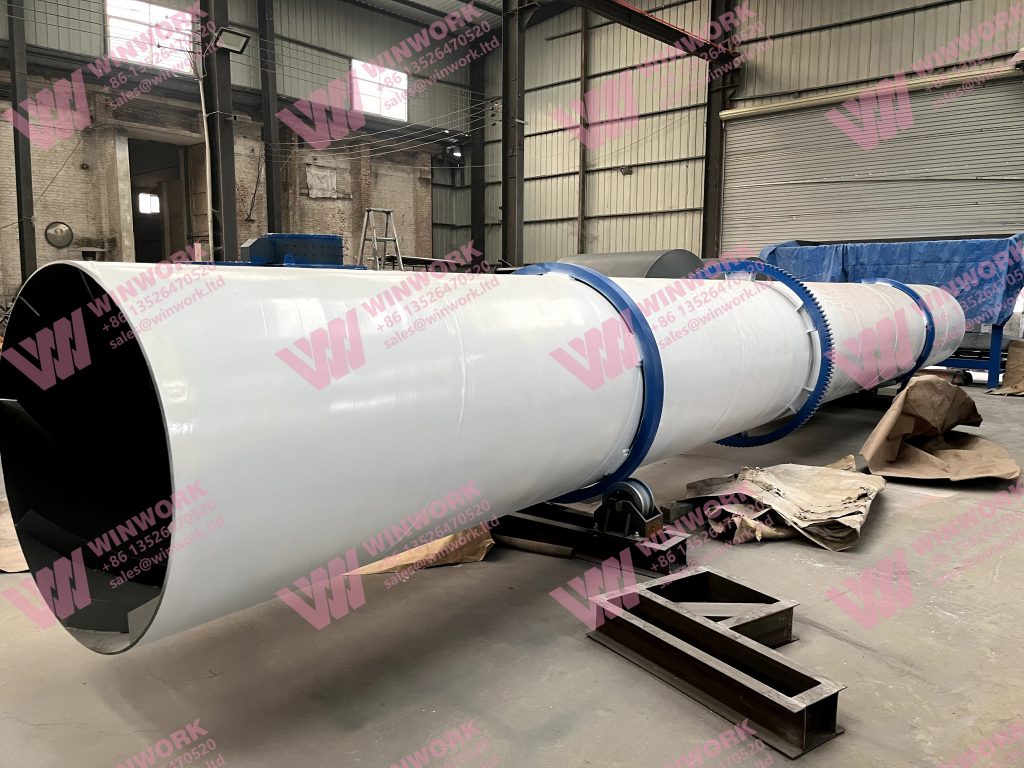
Get A Free Quote
The granules contain moisture, which must be removed to ensure product stability and prevent mold. The granulated material is transferred to a rotary dryer or fluidized bed dryer, where moisture content is reduced to below 5%.
- Parameter: Drying temperature ranges between 60-90°C, depending on the material.
- Data: Average drying time is 30-45 minutes per batch.
After drying, the granules are cooled to room temperature using cooling conveyors to avoid clumping during packaging.
5. Screening and Quality Control
The cooled granules are screened to ensure consistency in size and quality. Any oversized or undersized granules are either recycled or reprocessed. Quality control measures include testing for moisture content, dust levels, and clumping ability.
- Standard: High-quality cat litter should have less than 1% dust, ensuring a safer and cleaner product.
6. Packaging and Labeling
The final product is transferred to automated packaging machines, which fill and seal bags or containers. Small production lines can be configured to package litter in various formats—ranging from 1 kg bags for retail to bulk containers for wholesale.
- Parameter: Packaging speed ranges from 10-20 bags per minute.
- Shelf Life: Properly packaged cat litter has a shelf life of 1-2 years, provided it is stored in dry conditions.
Benefits of Small Cat Litter Production Lines
1. Flexibility in Production
Small cat litter production lines can switch between different raw materials and formulations quickly, offering manufacturers the ability to produce a variety of litter types, including clumping, non-clumping, and eco-friendly products.
2. Cost-Effective Operation
With a lower initial investment compared to large-scale production lines, small cat litter production units offer a more affordable entry point for manufacturers. Energy-efficient dryers and automated packaging systems further reduce operational costs.
3. Customization and Niche Market Appeal
Small cat litter production lines enable manufacturers to experiment with custom blends and fragrances, catering to niche markets such as organic or hypoallergenic litter products.
4. Reduced Environmental Impact
Production lines using recycled materials or biodegradable components contribute to sustainable practices, reducing the overall environmental footprint.
Innovations in Small Cat Litter Production Lines
1. Automation and Smart Controls
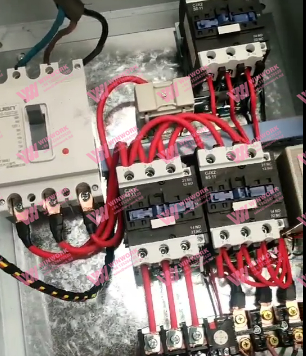
Many modern small production lines feature PLC (Programmable Logic Controllers) that allow operators to monitor and adjust parameters such as temperature, granule size, and drying time in real-time. This ensures consistent quality and reduces human error.
2. Energy-Efficient Dryers
New drying technologies, such as heat recovery systems, minimize energy consumption by reusing heat generated during the drying process.
3. Odor-Control Additives
Production lines are increasingly using natural odor-absorbing materials like activated charcoal or zeolite, improving product performance without chemical additives.
Challenges and Solutions in Small Cat Litter Production
1. Moisture Control
Maintaining low moisture levels is essential to prevent clumping during storage. Solution: Use precise drying technologies and store the product in airtight containers.
2. Dust Management
Excess dust can cause respiratory issues for pets and pet owners. Solution: Use advanced screening equipment to eliminate dust and improve product safety.
3. Market Competition
With many options available, cat litter manufacturers face intense competition. Solution: Focus on unique product features, such as eco-friendliness, odor control, and attractive packaging, to stand out in the market.
Conclusion
Small cat litter production lines play an essential role in meeting the growing demand for high-quality, eco-friendly pet products. These production units offer flexibility, cost efficiency, and customization, allowing manufacturers to produce a wide range of litter types tailored to different market segments. With precise control over parameters like granule size, moisture content, and packaging, these production lines ensure the delivery of premium litter products from raw materials to pet stores.
As innovations in automation, energy efficiency, and product formulation continue to evolve, small cat litter production lines will become even more capable of meeting market needs while maintaining sustainability. By investing in these versatile systems, manufacturers can turn raw materials into high-value products that delight both pets and their owners.



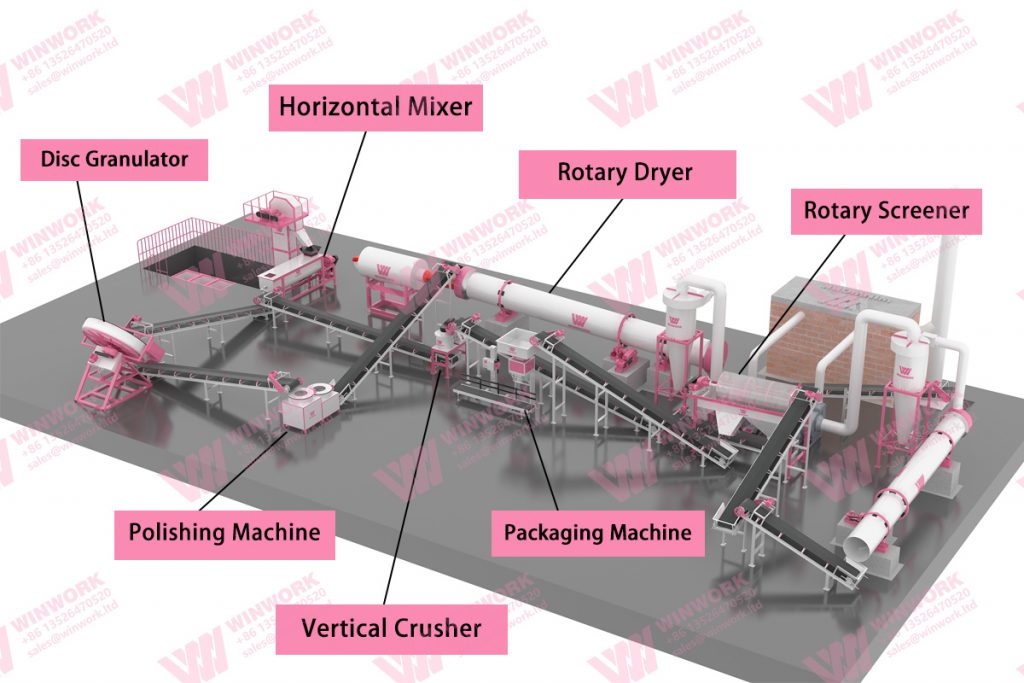
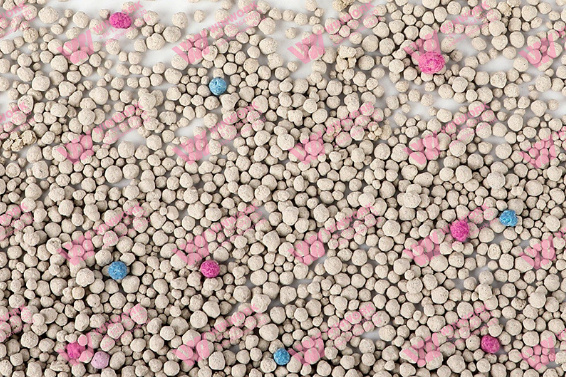
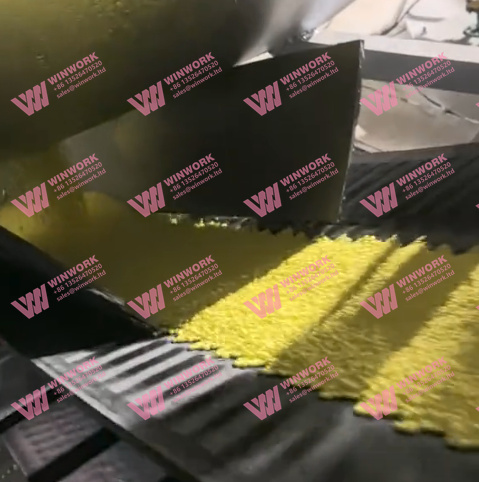
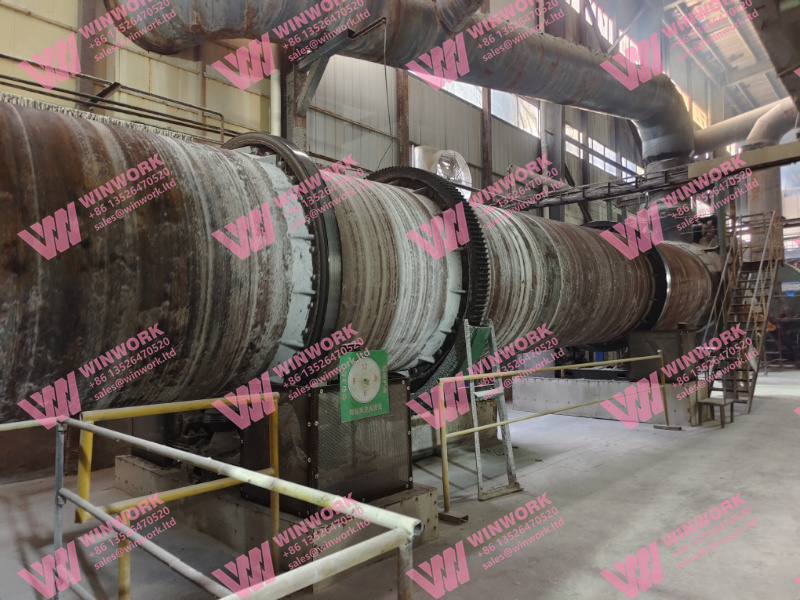
Get A Quote